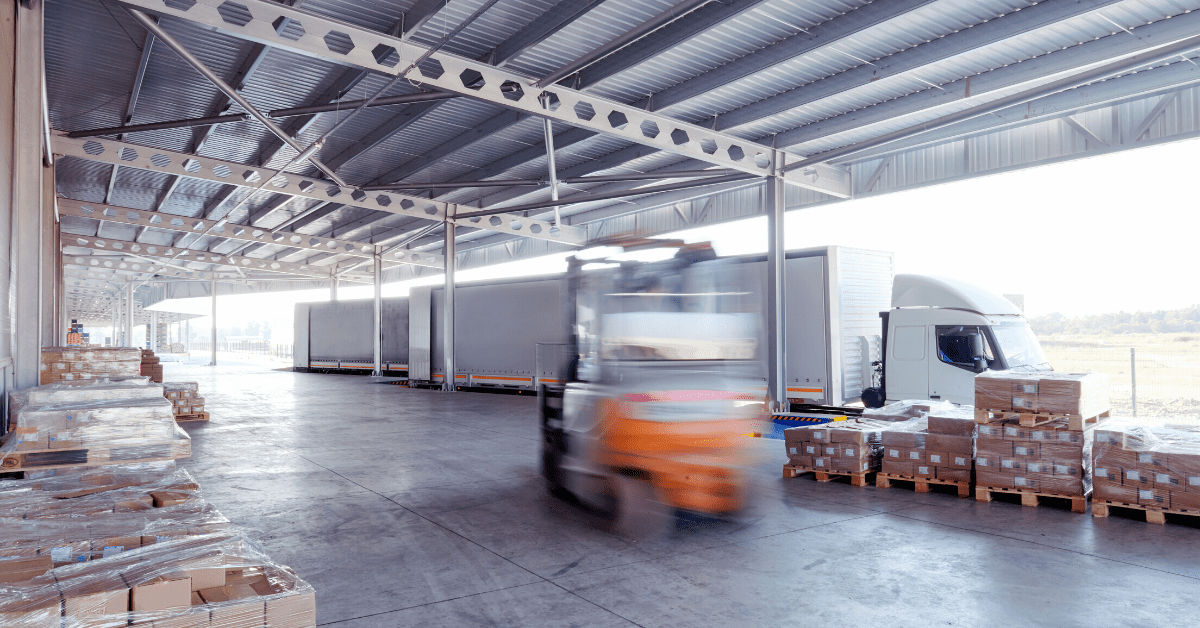COVID-19 has become one of the most disruptive events to hit supply chains in our lifetime.
Weather-related events, such as hurricanes and snowstorms are often confined to a specific region. And even national hardships, such as the great recession, played out over a number of years. But the novel coronavirus has hit quickly and has disrupted life throughout the world.
Read the most recent COVID-19 special report from DAT Analytics.

To keep you informed on the effects on supply chains, the DAT Analytics team is publsihing regular reports on COVID-19’s impact on freight markets, which will be updated every few days. The page includes analysis, frequently asked questions, and tracks these important metrics:
- Load posts – The number of load posts on DAT load boards measure demand, as brokers post their freight on the spot market.
- Truck posts – Truck posts measure capacity. When carriers have plenty of freight to haul, they’re less likely to post their truck on DAT load board. When things are slow, truck postings rise.
- Load-to-truck ratios – A quick way to guage current supply and demand conditions is the load-to-truck ratio: the number of load posts vs. truck posts. When load posts exceed truck posts by a certain margin, rates generally rise.
- Freight rates – Rates in 2020 had been fairly tepid compared to previous years, but pricing has been volatile since the crisis began.

